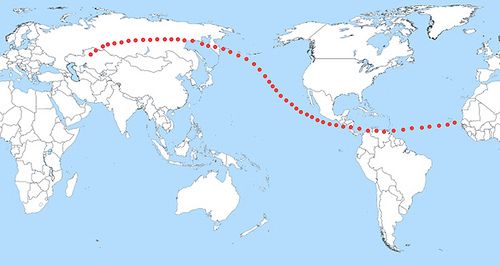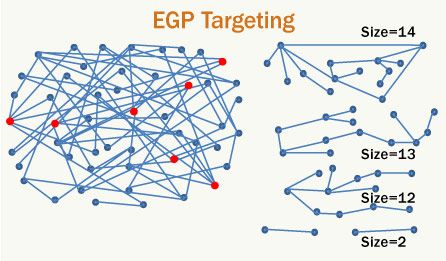Researchers have devised a rapid and efficient method for generating protein sentinels of the immune system, called monoclonal antibodies, which mark and neutralize foreign invaders.
For both ethical and practical reasons, monoclonals are usually made in mice. And that’s a problem, because the human immune system recognizes the mouse proteins as foreign and sometimes attacks them instead. The result can be an allergic reaction, and sometimes even death.
To get around that problem, researchers now “humanize” the antibodies, replacing some or all of mouse-derived pieces with human ones.
Wilson and Ahmed were interested in the immune response to vaccination. Conventional wisdom held that the B-cell response would be dominated by “memory” B cells. But as the study authors monitored individuals vaccinated against influenza, they found that a different population of B cells peaked about one week after vaccination, and then disappeared, before the memory cells kicked in. This population of cells, called antibody-secreting plasma cells (ASCs), is highly enriched for cells that target the vaccine, with vaccine-specific cells accounting for nearly 70 percent of all ASCs.
“That’s the trick,” said Wilson. “So instead of one cell in 1,000 binding to the vaccines, now it is seven in 10 cells.”
All of a sudden, the researchers had access to a highly enriched pool of antibody-secreting cells, something that is relatively easy to produce in mice, but hard to come by for human B cells.
To ramp up the production and cloning of these antibodies, the researchers added a second twist. Mouse monoclonal antibodies are traditionally produced in the lab from hybridomas, which are cell lines made by fusing the antibody-producing cell with a cancer cell. But human cells don’t respond well to this treatment. So Wilson and his colleagues isolated the ASC antibody genes and transferred them into an “immortalized” cell line. The result was the generation of more than 100 different monoclonals in less than a year, with each taking just a few weeks to produce.
In the event of an emerging flu pandemic, for instance, this approach could lead to faster production of human monoclonals to both diagnose and protect against the disease.
Journal Nature article: Rapid cloning of high-affinity human monoclonal antibodies against influenza virus
Nature 453, 667–671 (29 May 2008) | doi:10.1038/nature06890; Received 16 October 2007; Accepted 4 March 2008; Published online 30 April 2008
Pre-existing neutralizing antibody provides the first line of defence against pathogens in general. For influenza virus, annual vaccinations are given to maintain protective levels of antibody against the currently circulating strains. Here we report that after booster vaccination there was a rapid and robust influenza-specific IgG+ antibody-secreting plasma cell (ASC) response that peaked at approximately day 7 and accounted for up to 6% of peripheral blood B cells. These ASCs could be distinguished from influenza-specific IgG+ memory B cells that peaked 14–21 days after vaccination and averaged 1% of all B cells. Importantly, as much as 80% of ASCs purified at the peak of the response were influenza specific. This ASC response was characterized by a highly restricted B-cell receptor (BCR) repertoire that in some donors was dominated by only a few B-cell clones. This pauci-clonal response, however, showed extensive intraclonal diversification from accumulated somatic mutations. We used the immunoglobulin variable regions isolated from sorted single ASCs to produce over 50 human monoclonal antibodies (mAbs) that bound to the three influenza vaccine strains with high affinity. This strategy demonstrates that we can generate multiple high-affinity mAbs from humans within a month after vaccination. The panel of influenza-virus-specific human mAbs allowed us to address the issue of original antigenic sin (OAS): the phenomenon where the induced antibody shows higher affinity to a previously encountered influenza virus strain compared with the virus strain present in the vaccine1. However, we found that most of the influenza-virus-specific mAbs showed the highest affinity for the current vaccine strain. Thus, OAS does not seem to be a common occurrence in normal, healthy adults receiving influenza vaccination.


